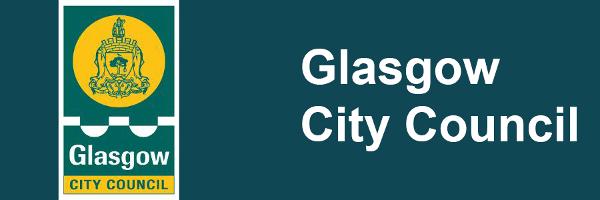Glasgow's War Artist
Frederick Arthur Farrell was a self-taught painter who became Glasgow's official World War One artist.
Farrell's powerful sketches and watercolours tell the story of the city's contribution on the front line and at home. And now to commemorate the 100th anniversary of start of the First World War, his work is being exhibited for the first time since 1920 to help Glaswegians rediscover his work and talent.
Glasgow Museums' curators research into archival material has brought to light details of the extraordinary commission Frederick Arthur Farrell (1882 - 1935) received from the Corporation of Glasgow to produce 50 drawings depicting life for the Scottish regiments on the Western Front and for those working in the armament factories at home.
Farrell was unique in being the only war artist to be commissioned by a city rather than by the government, Imperial War Museum or armed forces. Glasgow was one of the first cities to recognise the importance of creating such a memorial, rather than just creating images for propaganda purposes, and Farrell was ambitious and tenacious in chasing the commission.
Farrell came from a distinguished Glasgow family - his father was the curator of the Trades House on Glassford Street. He initially studied civil engineering, and as an artist was self-taught, although he owes a debt to the advice and example of Muirhead Bone.
By the First World War he was developing a reputation as an up-and-coming etcher and watercolourist of portraits and topographical subjects. British Army records show that during the war he enlisted as a sapper, or military engineer, but was discharged due to ill health. The role of a war artist provided a route for him to reach the Front. Farrell made two trips as a war artist.
In November 1917, he went to Flanders (northern Belgium) where he spent three weeks with the 15th, 16th and 17th battalions of the Highland Light Infantry. These were volunteer battalions raised by the Corporation of Glasgow and the Glasgow Chamber of Commerce.
In late 1918 he spent two months attached to the 51st (Highland) Division in France. The division was mainly comprised of territorial battalions from Scottish regiments included the Royal Scots, Cameronians (Scottish Rifles), Black Watch, Seaforth Highlanders, Cameron Highlanders, Gordon Highlanders and Argyll & Sutherland Highlanders. Many of the soldiers in the division came from Glasgow.
In between, authorised by the Minister of Munitions and Admiralty, and supported by Glasgow's then Lord Provost, Sir Thomas Dunlop, Farrell drew the heroic home effort of women in Glasgow's munitions factories and engineering works. The temporary exhibition, which is being displayed at the People's Museum Glasgow until 23 November 2014, features 36 original drawings and watercolours.
Stirring images of the home front include workers forging big guns at Beardmore munitions factory in Parkhead, creating armaments at Cardonald's National Projectile Factory, erecting and testing small pumps at G & J Weirs and building submarines and tanks at either John Brown's shipyard or Beardmore's Naval Construction Works, both in Clydebank.
Haunting battlefield scenes and a watercolour of the war graves at Passchendale Ridge contrast with images of life in the trenches, including soldiers relaxing and planning strategy and a prisoner awaiting examination in the Intelligence Officer's shelter. There are also poignant images of graves, devastated landscapes and destroyed churches. However, there are also scenes of reconstruction and renewed activity amid the desolation.
As an artist, he is at his most dynamic in his drawings of the munitions factories which are full of noise, light and movement. In these there is a sense of joy and energy in industry and machinery, in patterning and design.
In 1920 Farrell's war drawings were exhibited in the Banqueting Hall of the City Chambers and a limited edition publication, The 51st Division: War Sketches by Fred Farrell, was brought out with an introduction by the well-known journalist and writer Dr Neil Munro.
Likewise, Glasgow Museums' exhibition is to be accompanied by a catalogue of Farrell's war drawings with essays providing historical context and highlighting the importance of this rare and singular collection. Publication of the catalogue has been made possible by a grant from the Friends of Glasgow Museums. This will be available from August 2014.
Images:
- 6th Gordons at Roclincourt by Fred A Farrell. (Roclincourt near Arras (April 9-11, 1917) was part of the advance which won Vimy Ridge in the Second Battle of Arras, France) ©Glasgow Museums
- Drumfires flashes over battlefield by Fred A Farrell ©Glasgow Museums
- National Projectiles Factory, Cardonald, Glasogw ©Glasgow Museums







